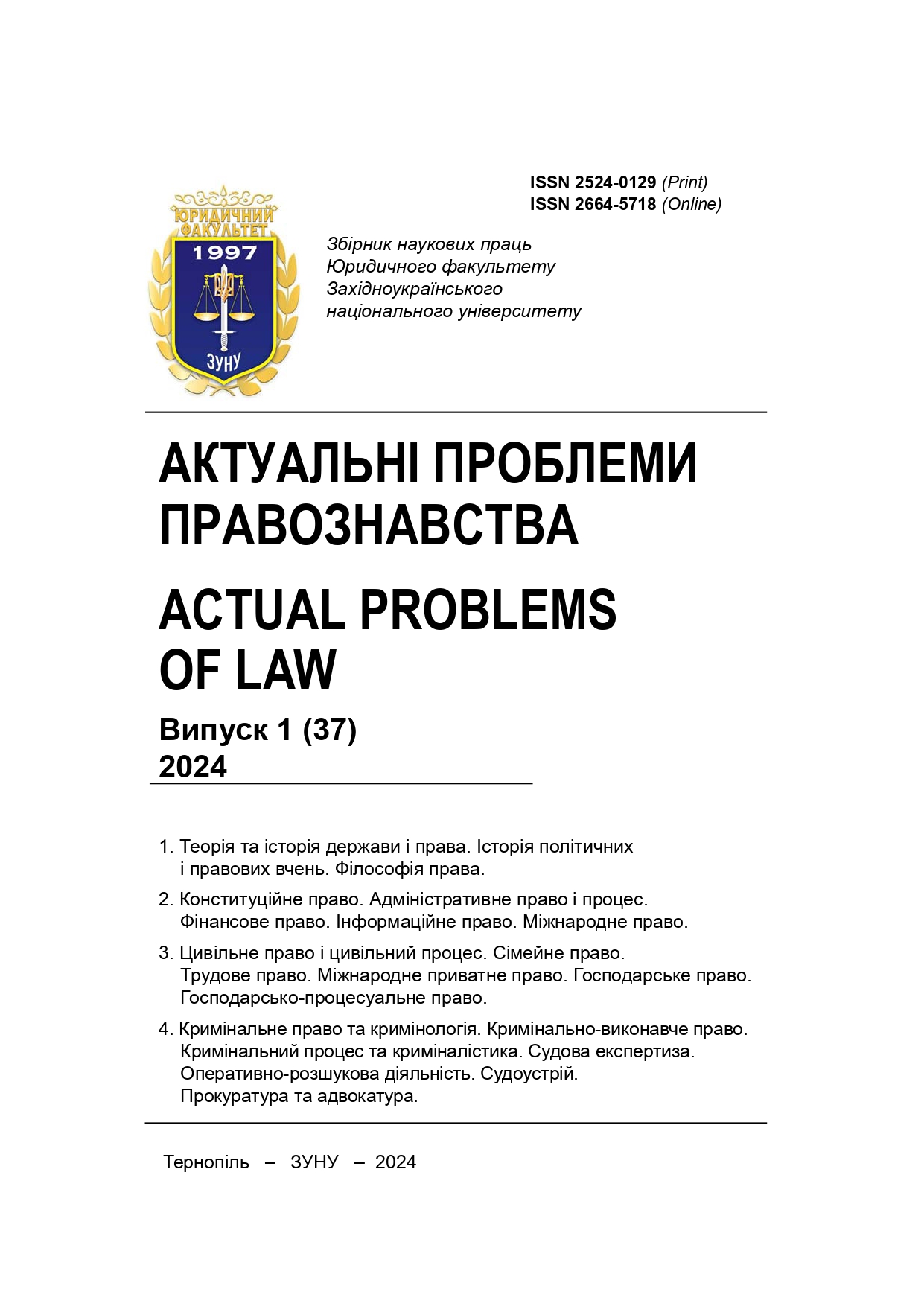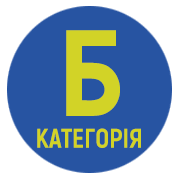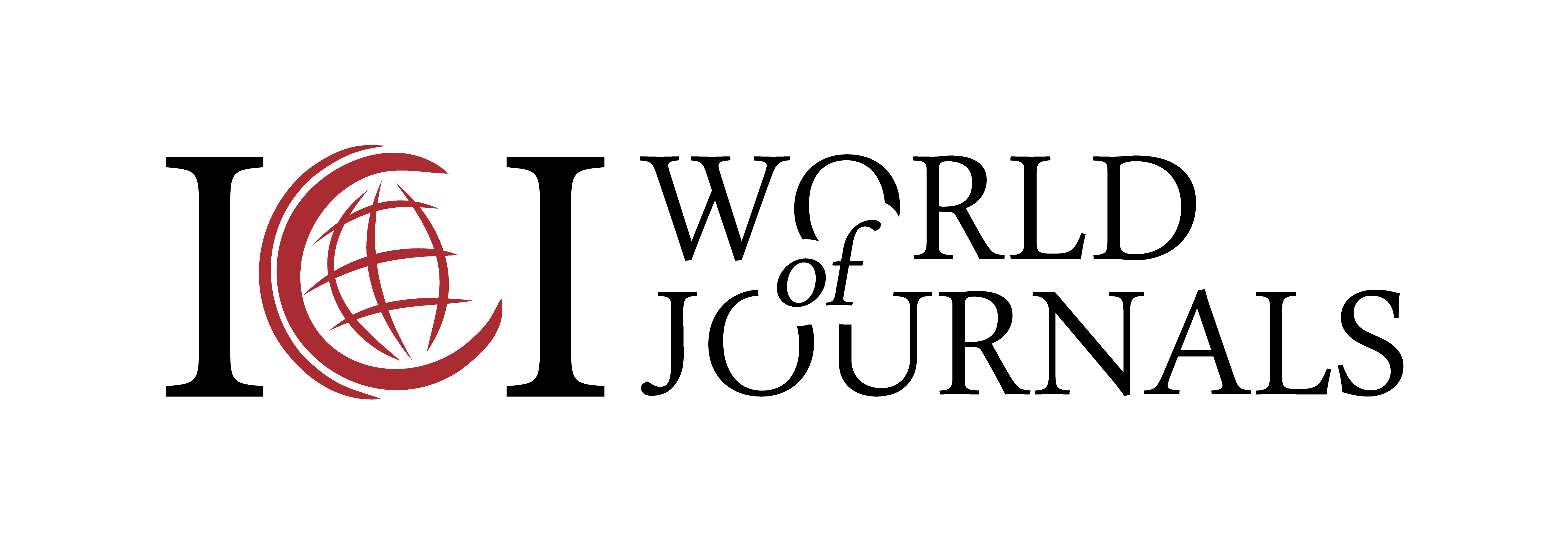Dialectic relationship of the head of the state with the parliament in the mechanism of restraints and balances in Ukraine
DOI:
https://doi.org/10.35774/app2024.01.055Keywords:
President of Ukraine, Verkhovna Rada of Ukraine, distribution of powers, dialectical relationship, system of restraints and balancesAbstract
Ukraine is a democratic and legal State that involves the division of State power into relatively independent branches. The article emphasizes the relativity of such independence, which is explained by the interaction of the branches of power, their mutual influence, and therefore the dialectical relationship between them. So, to build a truly democratic legal State, it is necessary to clearly delimit and constitutionally determine the duties of each branch of power.
The article is dedicated to the study of interaction and distribution of powers between the two leading bodies in the State mechanism: the President and the Parliament. These institutions are the result of direct democracy, i. e., they are formed by popular vote. The sovereignty and the right of the Ukrainian people to govern their State are realized with their help. The activity of these bodies has to complement each other, and therefore their powers do not have to conflict with each other.
The dialectical relationship of these bodies is primarily provided for by the Constitution. Yes, the Verkhovna Rada represents exclusively the Ukrainian people, the President does not have such powers. Instead, the President represents the State, and the Verkhovna Rada does not. The Verkhovna Rada is the legislative branch of power, and the President belongs neither to the legislative, nor executive, nor judicial branch of power.
The Parliament has much more powers in the legislative sphere, but the President also performs a legislative function. Its realization means the interaction of the two higher State bodies, and therefore, a dialectical relationship between them.
The close interaction between the President of Ukraine and the Verkhovna Rada of Ukraine can be seen in the formation of the executive power system. In particular, though the personal composition of the Cabinet of Ministers is appointed by the Parliament, the President submits candidacies for the post of the Prime Minister and two ministers (of Foreign Affairs and Defense).
There is also an interaction between the Parliament and the President, who has the most of powers, in the sphere of judicial power, for instance in the formation, reorganization and liquidation of courts. However, both the Parliament and the President form the Constitutional Court of Ukraine together appointing to positions a third of its members.
So, the Verkhovna Rada of Ukraine and the President of Ukraine have joint powers in different areas. These powers have been proved to be carefully verified and precisely established at the legislative level. On one hand, they cannot contradict each other, because the government in Ukraine is unified. On the other hand, to ensure independence, they both have sufficient autonomy in the performance of their duties. In addition, to prevent the predominance of one branch of government over the other, they have joint powers, which are the levers of the system of restraints and balances.
The successful exercise of their powers by the President of Ukraine and the Verkhovna Rada of Ukraine is achieved due to their interaction and to some extent interdependence.
References
Konstytutsiia Ukrainy [Constitution of Ukraine] vid 28.06.1996 № 254k/96-VR. Retrieved from https://zakon.rada.gov.ua/laws/show/254%D0%BA/96-%D0%B2%D1%80#Text [in Ukrainian]
Akt proholoshennia nezalezhnosti Ukrainy [Act of Proclamation of Independence of Ukraine], zatverdzhenyi Postanovoiu Verkhovnoi Rady Ukrainskoi RSR vid 24.08.1991 № 1427-XII. Retrieved from https://zakon.rada.gov.ua/laws/show/1427-12#Text [in Ukrainian]
Humeniuk, O. (2016). Istoriia ukrainskoi konstytutsii u ХХ stolitti [The history of the Ukrainian constitution in the 20th century]. Istoriia - History, 46, 2016-11-13. Retrieved from http: https://nasze-slowo.pl/istorija-ukrainskoi-konstitucii-u-hh/ [in Ukrainian]
Pro zasnuvannia posta Prezydenta Ukrainskoi RSR i vnesennia zmin ta dopovnen do Konstytutsii (Osnovnoho Zakonu) Ukrainskoi RSR [On the establishment of the post of President of the Ukrainian SSR and introduction of amendments and additions to the Constitution (Basic Law) of the Ukrainian SSR] Zakon URSR vid 05.07.1991 № 1293-XII. Retrieved from https://zakon.rada.gov.ua/laws/show/1293-12#Text [in Ukrainian]
Shulzhenko, F. P. (2007). Problemy vzaiemozviazku parlamenta i hlavy derzhavy v konteksti politychnoi modernizatsii [Problems of the relationship between the parliament and the head of state in the context of political modernization]. Pravove rehuliuvannia ekonomiky. Zb. nauk. prats – Legal regulation of the economy. Collection of scientific works, 8, 18-22 [in Ukrainian]
Bak, V. I. (2012). Vzaiemodiia Prezydenta Ukrainy ta Verkhovnoi Rady Ukrainy: konstytutsiino-pravove vyznachennia ta shliakhy vdoskonalennia. [Interaction between the President of Ukraine and the Verkhovna Rada of Ukraine: constitutional and legal definition and ways of improvement]. Chasopys Kyivskoho universytetu prava – Journal of the Kyiv University of Law, 4, 107-110 [in Ukrainian]
Venislavskyi, F. V. (1997). Rol instytutu Prezydenta Ukrainy u mekhanizmi vzaiemovidnosyn zakonodavchoi ta vykonavchoi hilok vlady [The role of the Institute of the President of Ukraine in the mechanism of relations between the legislative and executive branches of power]. Nova Konstytutsiia Ukrainy i problemy vdoskonalennia zakonodavstva: Temat. zb. nauk. prats – The new Constitution of Ukraine and problems of improving legislation: Topic. coll. of science works. Vidpovid. red. M. I. Panov. Kharkiviu Nats. yuryd. akad. Ukrainy, 18-24 [in Ukrainian]





